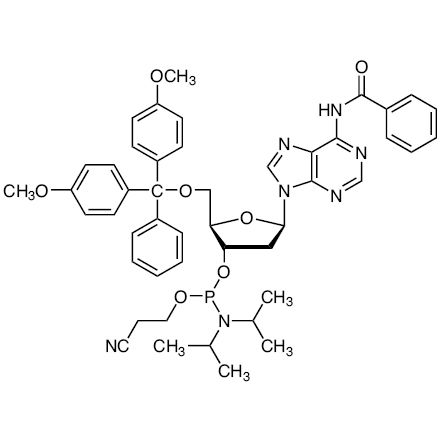The Historical and Cultural Roots of DMT Use

Dimethyltryptamine (DMT) has been used for centuries, particularly by indigenous populations in the Amazon basin. Its use is deeply intertwined with spiritual and healing practices, often facilitated through ayahuasca ceremonies. Ayahuasca, a brew made from the Banisteriopsis caapi vine and the Psychotria viridis plant, combines DMT with natural MAOIs to prolong its effects.
Historically, DMT-containing plants have been used for their visionary properties, believed to connect users with spiritual realms, enhance shamanic rituals, and facilitate healing. In these traditional settings, shamans guide participants through intense experiences, offering support and interpretation of visions.The use of DMT and ayahuasca gained international attention in the mid-20th century, largely due to ethnobotanists like Richard Evans Schultes and later, through the works of authors such as Terence McKenna.
McKenna's advocacy highlighted the potential of DMT in exploring consciousness and expanding human perception kaufen dmt.Culturally, ayahuasca has evolved from a strictly traditional practice to a global phenomenon, attracting individuals seeking spiritual growth, healing, or new perspectives.
This globalization raises important questions about cultural appropriation and the ethical implications of removing these practices from their indigenous contexts.For many indigenous groups, ayahuasca use is not merely about the visionary experience; it is embedded in their worldview, connecting them with their ancestors, nature, and community.
The ceremonies often involve ritual singing, chanting, and drumming, which are integral to the experience and help guide participants through challenging visions.As the interest in DMT grows worldwide, it's crucial to maintain a respectful approach, acknowledging its cultural roots and the indigenous wisdom that has preserved these practices for generations. Understanding the cultural context from which DMT use emerges enriches the experience and fosters appreciation for the profound traditions that have nurtured its use.
